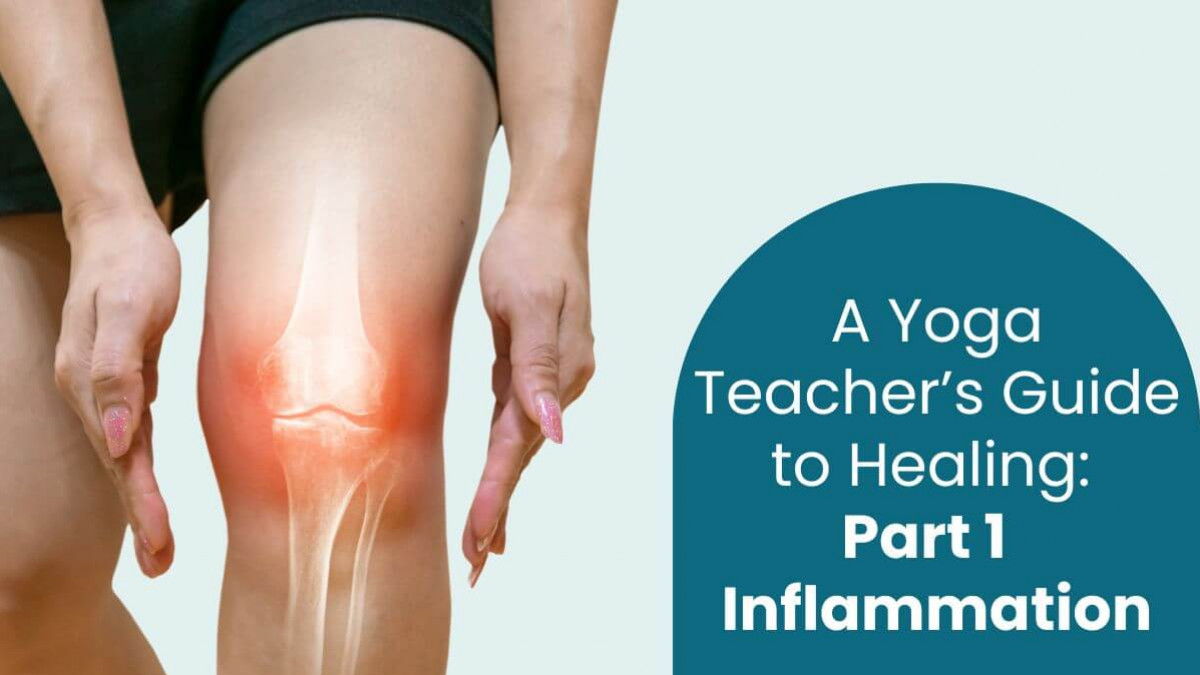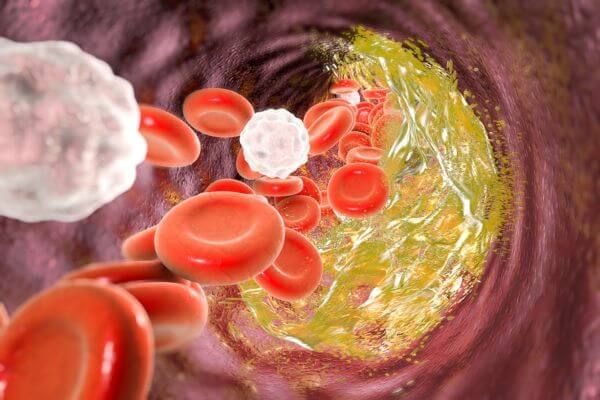A Yoga Teacher's Guide to Healing: Part 1 - Inflammation

The Science of Inflammation and Yoga Practice
.
As a yoga teacher and a physical therapist, and I'm thrilled to kick off this three-part series on the fascinating world of tissue healing and how it intertwines with our yoga practice. This is the first of a three part series that is all about giving you the lowdown to become an even more informed and effective yoga teacher, especially when it comes to supporting students on their healing journeys.
.
So, why are we delving into this healing stuff?
.
Well, if you teach yoga, you teach people with injuries.
.
Statistics on injuries in the general population suggest you have or will have someone in your class recovering from an injury. More and more people are turning to yoga to help them heal. This is good news for us as yoga teachers...provided we are equipped to support them! There's also a good chance the students you are already teaching have or will have an injury. Therefore, it's your job to get acquainted with the science behind healing. By doing so, you can best serve your students and be an integral part of their healing process.
.
There are 3 significant phases of the healing process, each of which we will dive into from the viewpoint of what a yoga teacher needs to know about healing.
- Inflammation Phase
- Proliferation Phase
- Remodeling Phase
.
Understanding the Inflammation Phase
.

.
Inflammation is like the body's emergency response team. When an injury happens, it's your body's way of saying, "Houston, we've got a problem!" This phase often shows up with redness, swelling, heat, and, you guessed it, pain. But what's really happening during the inflammation phase?
.
Here's the deal: Inflammation actually has an important purpose.
.
There's a lot of talk about reducing inflammation as people strive for better health. It's true that chronic inflammation is not so good for us, but that's different than acute inflammation. As soon as an injury occurs, the acute inflammation process is triggered. And this is good news because the inflammation provides protection and shields the injured area from further harm. Secondly, it it the true kickstart to the healing process.
.
At the initiation of the inflammation phase, immune cells and nutrients rush to the scene to aid recovery:
.
Imagine this: when you experience a bump or scrape, your body springs into action, summoning its own clean-up crew. This team, made up of immune cells, rushes to the scene, causing redness, swelling, warmth, and that familiar throbbing sensation. Your blood vessels actually dilate (get bigger) to ensure the immune cells can get to where they need to. It's like opening the traffic lanes for the emergency vehicles. Some immune cells focus on fighting foreign bodies (known as pathogens). For example, if you scraped your knee on the sidewalk, there are immune cells that aim to make sure any dirt that gets into the scrape gets engulfed and carried away.
.

.
The other key part of the inflammation phase is the laying down of collagen 3 fibers. Think of this as your body's way of slapping on a collagen matrix "band-aid" that holds everything together while repairs are underway. Collagen 3 fibers are a miracles, but will not hold up long term. Your body needs more time to build up the the longer-term and stronger collagen 1 matrix. That will all come in stage 3 of healing.
.

.
It's important to remember that just because you cannot see an injury (like a scrape on the knee from a fall on the sidewalk), injuries often happen to the tissues inside the body. But the acute inflammation process works just the same. So if a student tells you about an injury, but you can't see it, it's still important to understand the phases of healing!
.

.
In general, the acute inflammation phase typically lasts for a few days to a couple of weeks. However, the precise timeline can be influenced by factors such as the type and severity of the injury, the individual's overall health, and their body's natural healing processes. In some cases, acute inflammation may resolve more quickly, while in others, it may persist for a longer duration.
.
The collagen 3 matrix is more like a band-aid. It's not a long term solution as its' support is minimal. Thus, the amount of load and movement the injured area takes on during the acute inflammation phase will make a significant difference in the long term healing process. Too much load? The band-aid doesn't hold. Too little hold - the body doesn't know it needs the band aid and doesn't do much to build up the collagen matrix.
.
As yoga teachers, we want to guide our students safely and effectively and ensure their yoga practice supports their healing journey, rather than hindering it. We can help our students by understanding how much to encourage them to push and how much to back off of their yoga practice during the acute inflammation phase.
.
I often tell people that physical therapy exists because we have learned that complete rest is no good at any phase of the healing process. But we also know that overdoing it is no good. In the "Teach Yoga to Students with Injuries" course, you will get insight from the perspective of a physical therapist on how to guide students in their yoga practice when they come to you with an injury.


Do you want to finally understand these science of healing tissues? Be sure to stay tuned for the next two blog articles that will detail phases 2 and 3 of healing. If you want to know how to use the science of healing to to support your students, the "Teach Yoga to Students with Injuries" online course is for you!
Categories: : Effective Teaching Techniques, Injuries & Yoga, Yoga Anatomy
 Trish Corley
Trish Corley 
